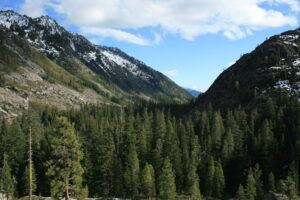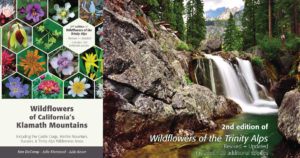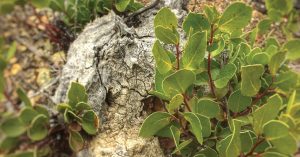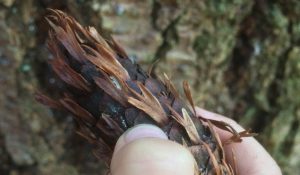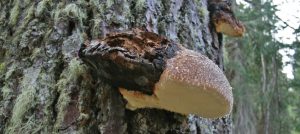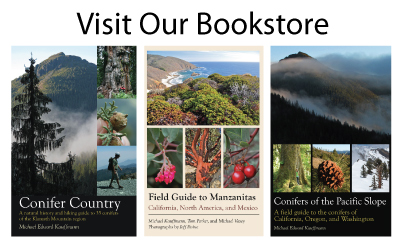Embark on a flavorful journey through the lush forests of the Pacific Northwest, where the evergreen trees are not only charismatic megaflora, but also ingredients for a unique tea experience.
Plant Life in California’s Deserts
For the past 15 years, Philip Rundel, has been developing this book through his long-term relationship and travels in deserts of the Southwestern United States, northern Chile, and Southern Africa. His vision is now a reality. California Desert Plants: Ecology and Diversity is a new book written by Philip Rundel, Robert Gustafson, and Michael Kauffmann […]
Wildflowers of California’s Klamath Mountains
AVAILABLE NOW! Including the Marble Mountain, Russian, and Trinity Alps Wilderness areas Wildflowers of California’s Klamath Mountains features flowering plants found within one of the most biodiverse temperate mountain ranges on Earth. This photographic collection is representative of the most common, beautiful, and unique plants across this amazing region.• 629 species, subspecies, and varieties of wildflowers• […]
The Wild(flower) World of Ken DeCamp
In this interview with the lead author of Wildflowers of the Trinity Alps, Ken DeCamp shares stories about the book and how he became a photographer and naturalist. Hopefully his thoughts inspire you to get out on a wildflower adventure this year!
Obligate & Facultative Seeding Manzanitas
Last weekend, I hiked in Trinity County along a low-elevation, fire-prone section of the Bigfoot Trail between Highway 3 and Hayfork and was able to witness obligate & facultative seeding in action. From Field Guide to Manzanitas, Backcountry Press, 2012 One-third of manzanita species are facultative seeders. These are species that regenerate post-fire by both seed and […]
Discovering Douglas-fir
I took my son hiking today and I am proud to say he loves looking at trees, exploring the forest, and playing at our fort. Here he is identifying a Douglas-fir cone…
Forest Pathogens
Forest Pathogens often go unnoticed while exploring, but offer an exceptional window into the intricacies of forest ecology when fully understood. Check out our FREE field guide to the forest pathogens across the North Coast and Klamath Mountains.
